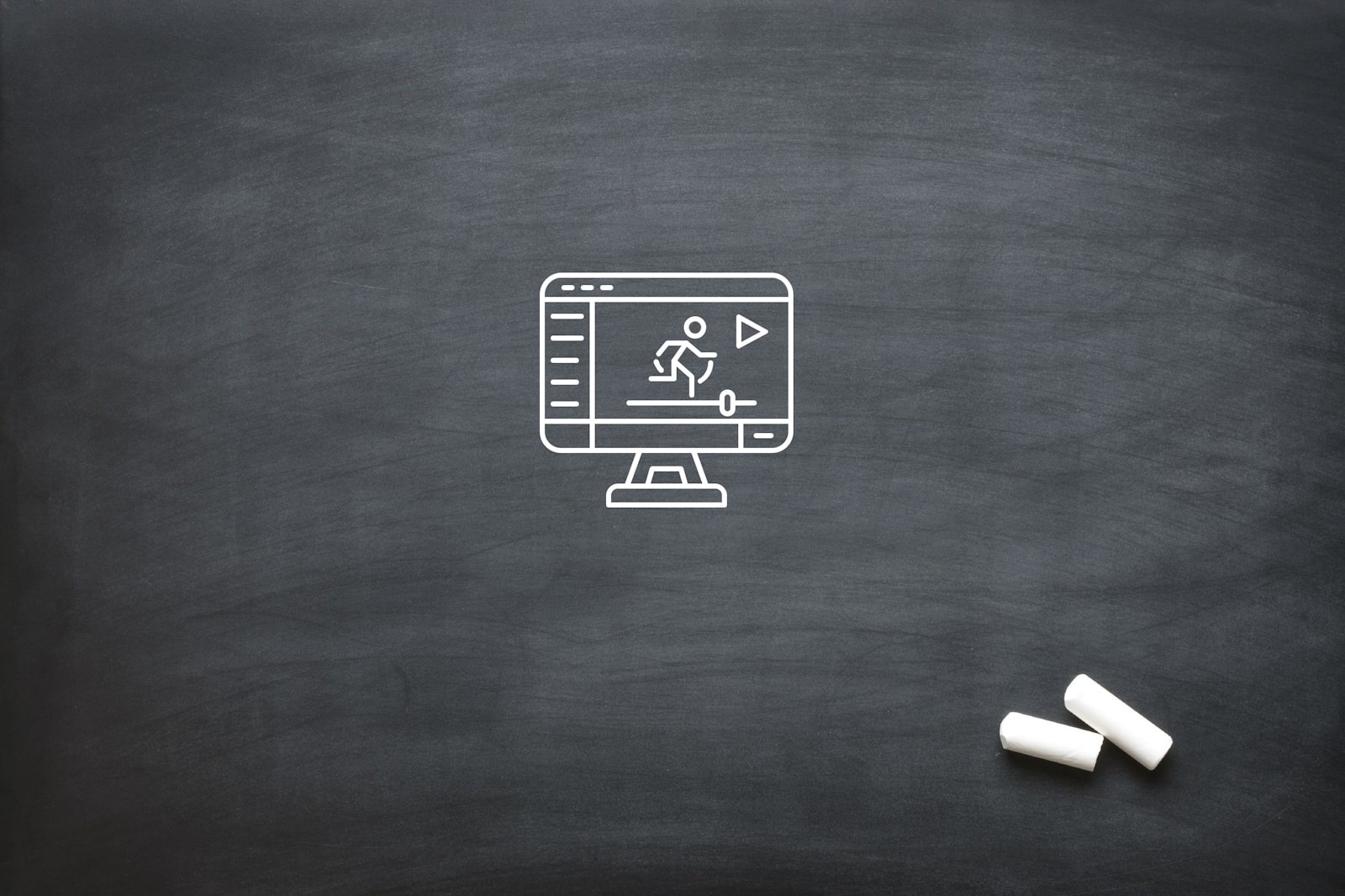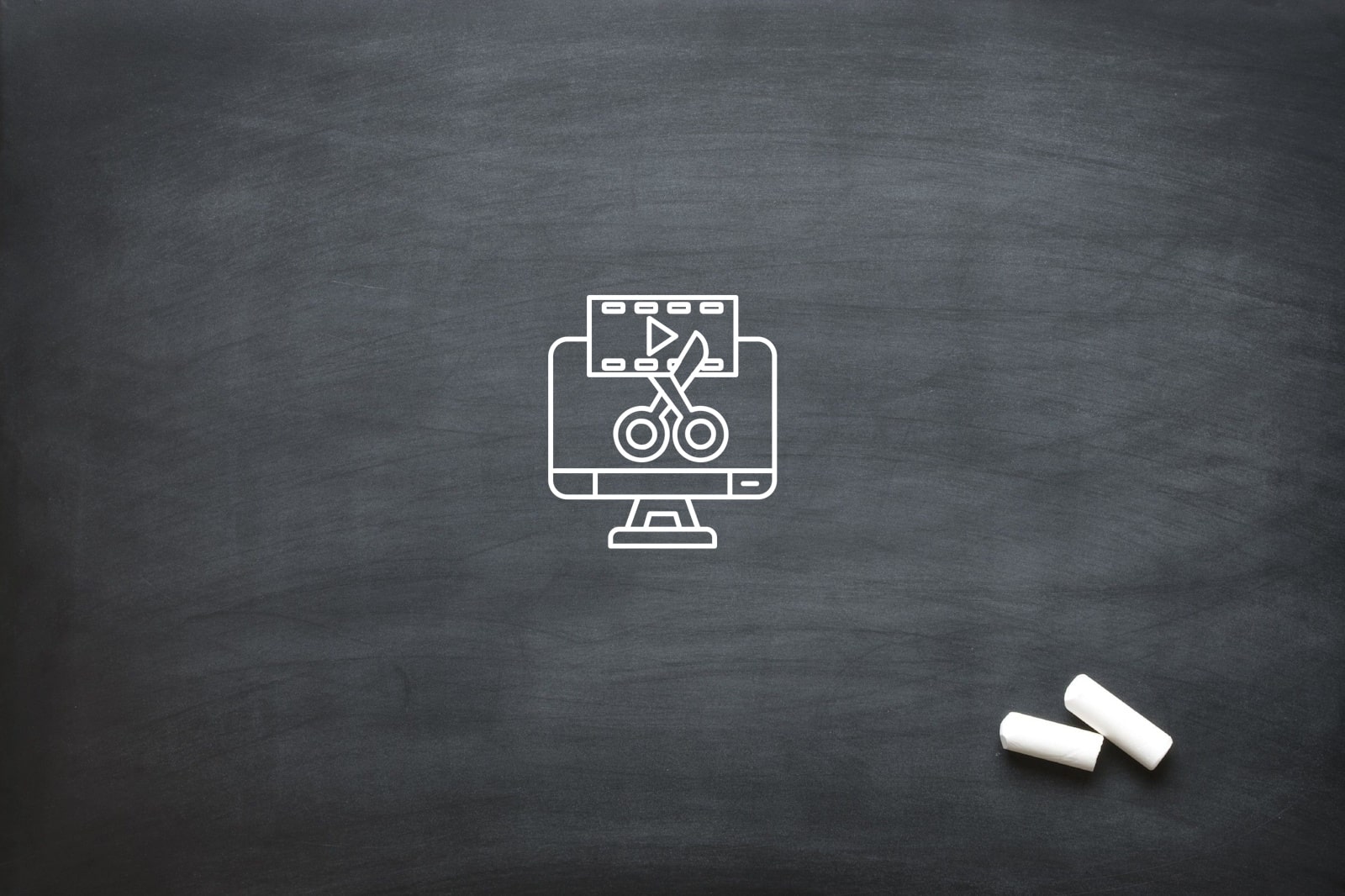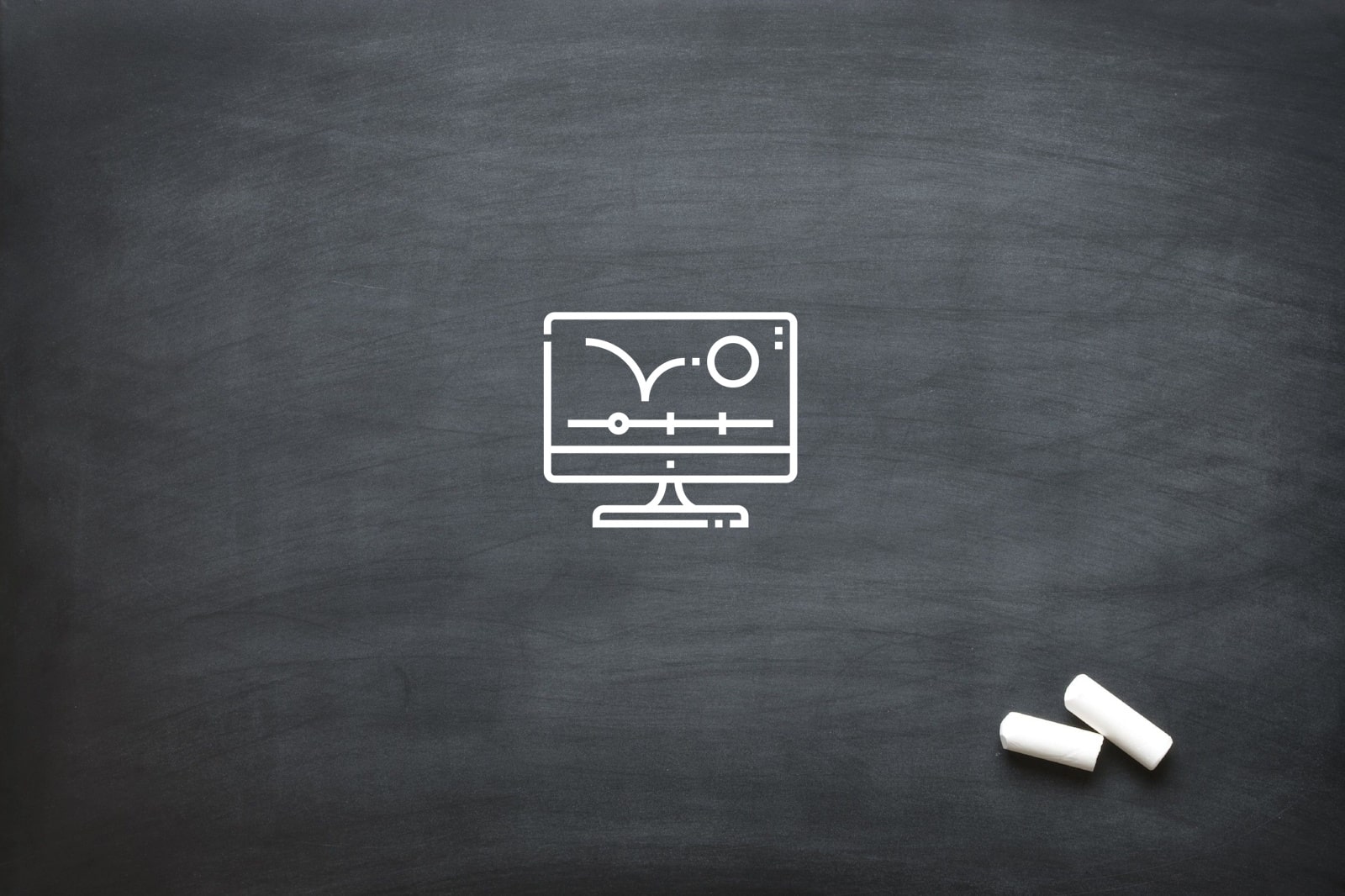
Animation and Motion Graphics for Engaging Videos
Creative video productions have become a central part of modern marketing, training, and corporate communication. Businesses are increasingly looking for ways to make their video content more engaging and memorable. One of the most effective ways to achieve this is by incorporating animation and motion graphics into your videos. These visual elements bring stories to life, clarify complex ideas, and hold the audience’s attention in ways that static footage cannot.
Animation and motion graphics are not just decorative additions. They play a strategic role in communicating your message, enhancing brand identity, and driving conversions. By understanding the different types of animation and learning how to plan and implement motion graphics effectively, businesses can create video content that is both visually compelling and highly functional. This guide will explore the key benefits, types, planning strategies, and practical tips for using animation and motion graphics in your creative video productions.
What Are Animation and Motion Graphics?
Animation is the process of creating the illusion of movement by displaying a sequence of images or frames. It can be used to bring characters, products, or ideas to life in ways that are visually appealing and easy to understand. Motion graphics, on the other hand, are a type of animation that focuses on moving graphic elements such as text, icons, shapes, and logos. These elements are designed to convey information, emotion, or style, making content more engaging for viewers.
Both animation and motion graphics can be produced in 2D or 3D formats depending on the goals of the video. They are commonly used in explainer videos, corporate storytelling, training content, and promotional campaigns. By combining motion graphics with video footage, businesses can highlight key messages, simplify complex information, and create a consistent visual style across their content.
Why Use Animation and Motion Graphics in Video Production
Using animation and motion graphics adds significant value to video content. Firstly, they make complex ideas easier to understand. Human beings are visual learners, and moving visuals can communicate information faster and more effectively than text or static images alone. This helps to improve audience comprehension and retention, which is especially important in training videos or technical demonstrations.
Secondly, animation and motion graphics help build a strong emotional connection with viewers. Well-designed animations can evoke feelings, create excitement, and hold attention throughout the video. They also allow for creativity and brand expression, making it easier to establish a distinctive identity that resonates with your target audience. Overall, these elements make videos more engaging, professional, and effective.
Types of Animation and Motion Graphics
Animation and motion graphics come in various styles, each suited to different goals and types of video content. Choosing the right type ensures your video communicates effectively and keeps the audience engaged. Understanding the options available allows businesses to plan strategically, match style to purpose, and maintain visual consistency throughout a campaign or training programme.
Using the appropriate type of animation can also help clarify complex concepts, create memorable brand moments, and make even technical information approachable. Different styles allow you to convey tone, build emotional connections, and highlight products or services in a visually compelling way that resonates with your audience.
Common Types of Animation and Motion Graphics:
- 2D Animation: Flat, two-dimensional visuals ideal for explainer videos, tutorials, and character-driven storytelling.
- 3D Animation: Adds depth and realism, perfect for product visualisation, architectural walkthroughs, or cinematic-style advertising.
- Motion Graphics: Animated graphic elements such as text, shapes, icons, or logos used for infographics, title sequences, and branding.
- Kinetic Typography: Dynamic text animations that emphasise key messaging or rhythm in promotional and motivational videos.
- Character Animation: Brings mascots or personas to life, building emotional connections in commercials, tutorials, or campaigns.
- Explainer Videos: A blend of animation styles to simplify complex services, processes, or ideas, often driving conversions.
- Visual Effects (VFX): Computer-generated imagery that enhances live-action footage, adding scale and polish to productions.
- Animated Infographics: Engaging charts and data visualisations that make complex information easy to understand.
- Logo Animation: Brings a brand logo to life, reinforcing identity at the start or end of a video.
- Transitions and Overlays: Subtle animated effects layered over footage or between scenes for a polished, cohesive look.
Selecting the right type of animation ensures your content not only looks professional but also serves its intended purpose. By aligning the style with the video’s goal and audience, businesses can increase comprehension, retention, and engagement while delivering visually compelling content.
These types of animation also allow for creative flexibility. Businesses can mix and match styles depending on context, project scale, or branding requirements. Whether the aim is to educate, entertain, or promote, these techniques provide tools to create professional, high-impact videos that resonate with viewers.
Planning Your Animation and Motion Graphics
Planning is essential to ensure animation and motion graphics are used effectively. Begin by defining the goal of your video and identifying your target audience. Determine the tone, style, and main messages, and decide how animation can support or enhance the content. Understanding the purpose and expected outcomes will guide your decisions on the type and amount of motion graphics needed.
Budget and timeline considerations are also important during the planning stage. Animation can require significant resources, and balancing time, cost, and quality is essential. Create a clear workflow that includes scriptwriting, storyboarding, and style guides. This ensures the animation supports the overall video strategy and aligns with your brand identity, making the final production cohesive and impactful.
Creating Animation and Motion Graphics
Creating animation and motion graphics involves several key steps. First, you need to develop or gather assets such as logos, illustrations, or data visualisations. Next, set up your composition and decide how elements will move within the scene. Keyframes and timing adjustments control the motion, while effects and transitions can add polish and emphasis.
Once the animation is complete, it is important to review and refine the content to ensure clarity and quality. Export the animation in a format suitable for your video editing software, then integrate it with live-action footage, narration, or music. Attention to pacing, alignment, scale, and visual harmony is crucial to maintain audience engagement and avoid distractions.
Using Animation and Motion Graphics Effectively
Integrating animation and motion graphics effectively requires thoughtful planning and execution. Simply adding animations without purpose can distract viewers or dilute the message. By aligning animations with the video’s content, timing, and rhythm, businesses can enhance engagement, highlight key points, and maintain viewer interest throughout.
Effective usage also involves balancing the animation with other elements such as live-action footage, narration, and text. This ensures a cohesive, polished final product that communicates clearly without overwhelming the audience. Planning placement, scale, colour, and transitions carefully can elevate a video from ordinary to highly professional:
- Match the Video’s Purpose: Use animation to clarify, emphasise, or illustrate ideas, not just for decoration.
- Timing and Pacing: Ensure animations complement the video flow, reinforcing key points without slowing the narrative.
- Visual Hierarchy: Prioritise important elements with scale, colour, and movement to guide viewers’ attention.
- Consistency: Maintain a consistent style that aligns with branding and overall video tone.
- Balance: Avoid overusing animations; integrate them alongside footage, audio, and text for a harmonious effect.
- Transitions and Effects: Use subtle transitions and overlays to enhance flow and create visual interest.
- Call to Action Reinforcement: Highlight key messages or prompts to drive engagement and conversions.
- Accessibility: Ensure animations are clear and readable for all viewers, including considerations for colour and motion sensitivity.
When used strategically, motion graphics can transform videos into engaging, educational, and persuasive content. They help communicate complex information quickly, guide the audience’s focus, and create a memorable viewing experience that leaves a lasting impact.
By following best practices and considering the audience’s needs, businesses can ensure that every animation and motion graphic contributes to the overall message and strengthens the effectiveness of their creative video productions. Properly executed animations enhance professionalism, increase viewer engagement, and reinforce brand identity in every project.
Benefits of Motion Graphics
Motion graphics deliver measurable benefits for video content. They simplify complex information, making it easier for audiences to understand and retain. This is particularly useful in training videos, product demonstrations, or explainer content where clarity is essential. Animation also makes content more visually appealing, which increases engagement and encourages viewers to watch until the end.
Motion graphics can boost conversion rates by helping viewers visualise products and services in action. They also improve SEO performance as videos encourage longer viewing times, which signals quality content to search engines. Additionally, animated content is highly shareable on social media, increasing visibility and expanding the reach of your brand messaging.
Which Local Services Offer Animation And Motion Graphics As Part Of Video Production?
Oliver Karstel Creative Agency is a leading video production company based in Johannesburg and Pretoria, with over 10 years of experience in industrial, commercial, and corporate video production. They offer a full spectrum of services including Health and Safety training videos, marketing content, corporate and company videos, documentaries, and aerial and drone footage. Each service is designed to deliver professional, engaging, and impactful results tailored to the client’s needs.
Their training videos are visually enticing and enhance information retention, while marketing and corporate productions communicate core products and services effectively. The team’s extensive experience allows them to manage projects across a wide range of sectors, producing content that is visually polished, strategically focused, and capable of capturing audience attention. With a commitment to quality, Oliver Karstel Creative Agency combines creative video productions with business insight to help brands succeed.
Final Thoughts
Animation and motion graphics have become essential tools for creating engaging and effective video content. They help simplify complex ideas, establish emotional connections, boost conversions, and enhance brand visibility. By carefully planning, creating, and integrating motion graphics into your videos, businesses can produce creative video productions that stand out in a crowded marketplace.
If you are looking to elevate your video content, we can help. At Oliver Karstel Creative Agency, we specialise in producing high-quality video productions that combine animation, motion graphics, and live-action footage to communicate your message clearly and powerfully. Get in touch with us today to discuss your project and let us bring your ideas to life in a way that engages, informs, and inspires your audience.
FAQs About Motion Graphics and Animation
What is the difference between animation and motion graphics?
Animation is the broader term. It refers to any visual creation in motion, often focused on storytelling, character performance, and narrative arcs (like a cartoon or an animated film).
Motion Graphics is a subset of animation that applies graphic design principles to video. It focuses on animating static elements like text, logos, shapes, and data visuals (infographics) to convey a message, add energy, or enhance clarity, rather than driving a complex character-based story.
What is the difference between 2D and 3D animation?
2D Animation uses images drawn in two dimensions, creating flat visuals. It is typically faster and less expensive to produce and is ideal for explainer videos, tutorials, and a more illustrative style.
3D Animation uses three-dimensional models created in specialised software, offering greater depth, realism, and a cinematic feel. It’s often used for product visualisation, architectural walkthroughs, and high-end advertising.
What are motion graphics typically used for?
Motion graphics are highly versatile and are used to:
Add professionalism and polish (Transitions, Overlays, TV/Film credits)
Explain complex ideas visually (Explainer Videos, Animated Infographics).
Enhance brand identity (Logo Animations, Title Sequences).
Improve user experience (UI/UX animations on websites/apps).
Emphasise key messages (Kinetic Typography).
What are the main steps in creating an animated video?
The process typically involves:
Sound and Post-Production: Adding voiceovers, music, sound effects, and final editing
Brief and Concept: Defining the objectives, audience, and core message.
Script and Storyboard: Creating the scenario and initial visual sketches for scene-by-scene planning.
Design and Illustration: Creating the final graphic elements, characters, and backgrounds.
Animation: Bringing the elements to life, setting movement with keyframes, and timing the actions.
What software is used to create motion graphics?
Industry-standard software commonly used includes:
Cinema 4D / Blender / Maya / 3ds Max: Used for creating 3D models and animation.
Adobe After Effects: The primary tool for 2D motion graphics and compositing.
Adobe Illustrator / Photoshop: Used to create the static graphic assets and illustrations.






